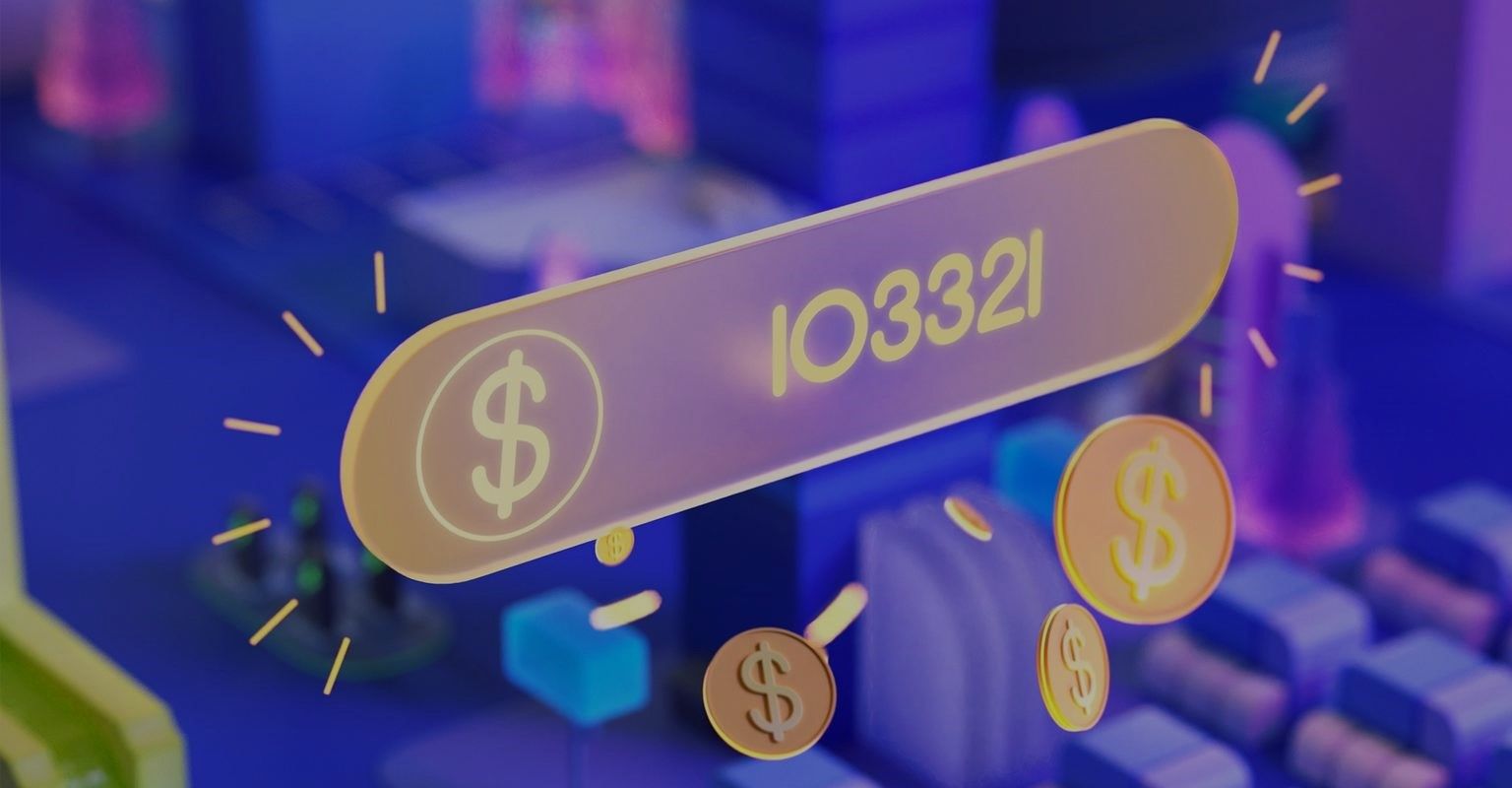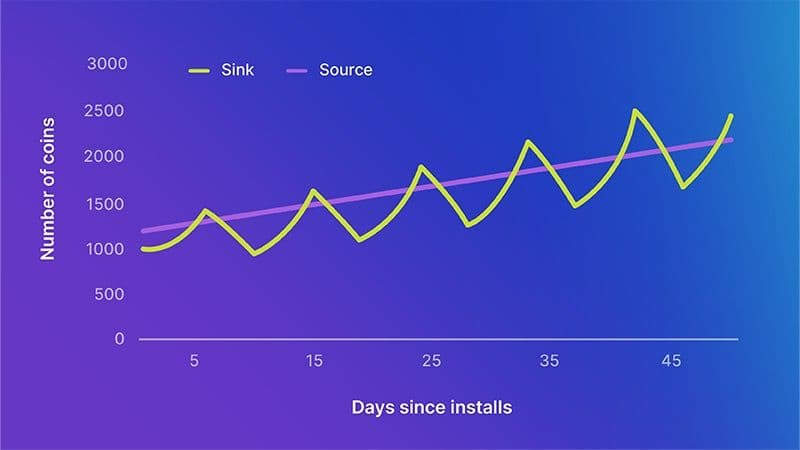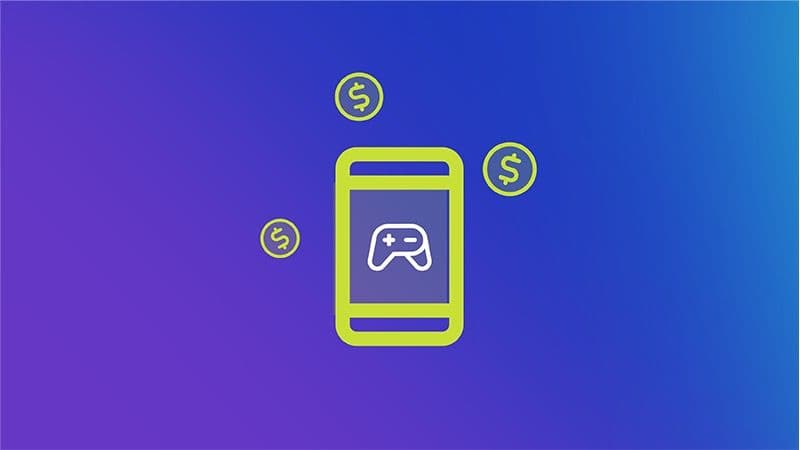
When building your in-game economy, consider different players’ behaviors, skills, and play styles, which will all affect their progression through your game.
In free-to-play games, most players don’t spend any money. However, it’s essential to keep the minority, who will spend, in mind.
You want to make sure that your planned progression won’t allow paying players to burn through the game, while also not making the game too challenging for non-paying players. Adding premium features and different progression vectors can give paying players more sinks for their currency.
Your players will also differ in terms of how engaged they are. Some will want to play your game casually, while others will be heavily engaged and willing to play for long periods of time.
To ensure that heavily engaged players are not getting through your game too quickly or easily, you should limit the number of game sessions and session time. You can use lives and periodic rewards to encourage this type of session-based behavior.
Players have many different motivations. Some may be looking for excitement and action, and others will feel more enticed by the social elements of a game. Some may be highly competitive, while others will seek an immersive experience.
Understanding the different types of players in your game, as well as their motivations, can help you design the right sources and sinks.
For example, cosmetic items or avatars may be an appropriate sink for a community-driven game. On the other hand, if your players are motivated by achievement, premium weapons or tools may be a better option for your sink.

The graph above represents player progression, where sources and sinks are mapped out according to the amount of time a player has spent in-game.
While sources and sinks are balanced, there are fluctuations in the sink. This will create pain points and incentive players to spend. Dips are followed by moments of release, ensuring that players stay engaged.
During the early stages of your game, players should not only have currency to complete the first levels smoothly, but have enough rewards to have a good first time user experience. Difficulty should slowly and carefully be introduced.

The truth is, you likely won’t get it right the first time. You might put a lot of effort into trying to predict your players’ behaviors, but it will take at least a couple of tries. The good news is that there’s always room for optimization.
It’s important to A/B test different variables, as it’s the only way of knowing what is working for your monetization and engagement.
Some of the variables you can A/B test when designing your in-game economy can include:
A strong in-game economy is much more than monetization. It’s the silent force behind player engagement, and it can define how players progress through your game. Check out the first guide in this series to learn how to build a game economy that keeps players coming back for more.
Your in-game economy is a focal point for monetization, engagement, and player retention. Even the most complex-looking game economies are effective because they get the basics right. Check out the second guide in this series to learn how to create a well-balanced economy.

With Unity Economy, you can build a customized in-game economy and offer your players seamless purchases, currency conversion, inventory management, and more.